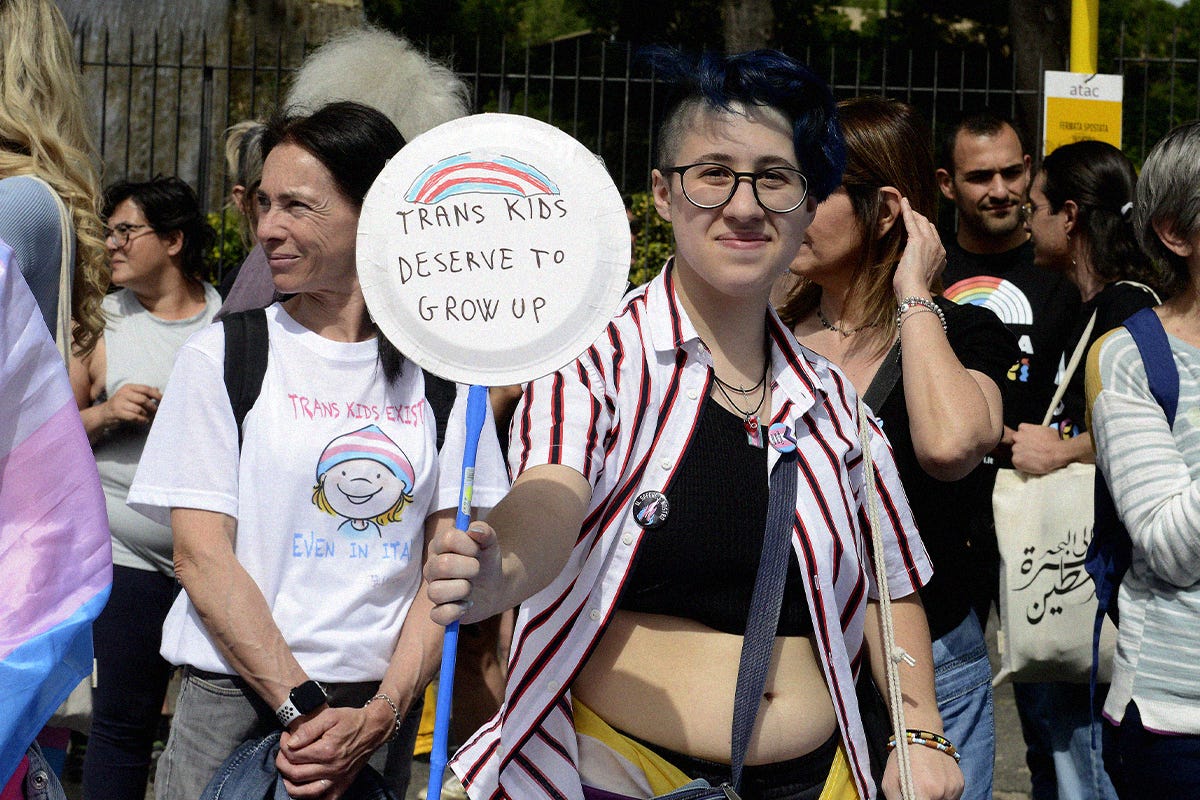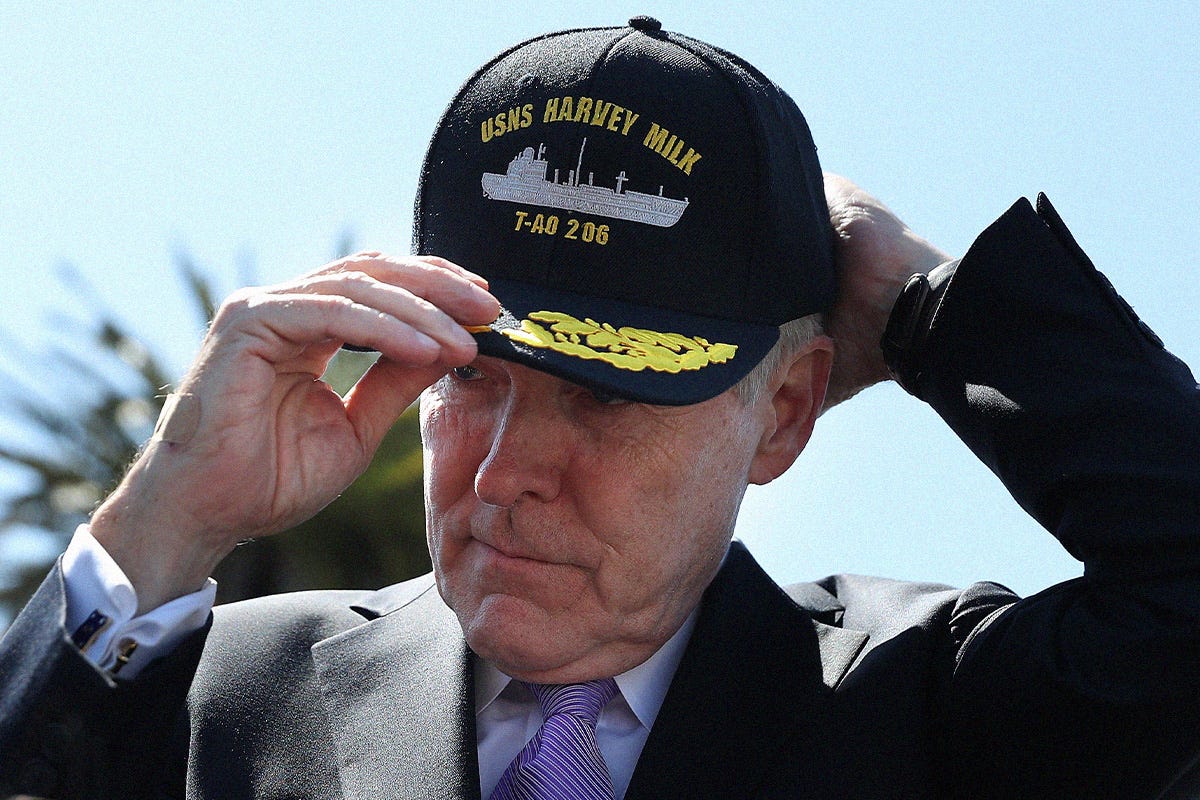Filling In The Gap For LGBTQ+ Youth
States are stepping in where the federal system failed queer youth.
States like California, New York, Pennsylvania, and Colorado have been stepping in to fill the urgent gap left by the Trump administration’s decision to end the federal partnership with The Trevor Project and shut down LGBTQ+ youth-specific services on the 988 Suicide & Crisis Lifeline back in July. Young queer people in America can no longer “press 3” or text “PRIDE” to connect with specialized counselors who have been trained to understand the unique stresses and risks they may be dealing with.
That program, which launched in 2022, served an estimated 1.5 million young people, according to the Trevor Project’s 2024 report. It provided culturally competent crisis intervention during a period of escalating anti-LGBTQ+ political hostility and record rates of suicide ideation among queer youth. Hostility toward the LGBTQ+ community continues, but this guardrail has been ripped away.
The federal government said the shutdown was the result of budget cuts by Congress. Officials claimed that continuing the service would require diverting funds from the core 988 system–essentially saying it costs too much to protect queer youth. The Trevor Project’s leadership called it a political move, warning that it sends a message that LGBTQ+ lives are less valued, especially as the broader political climate in 2025—fresh with new barriers to gender-affirming care and heightened stigma—heightens mental health threats.
The removal of this service coincided with Pride Month, during which Harvey Milk’s name was removed from a Navy ship and replaced with the name of a confederate, and just ahead of a Supreme Court decision upholding healthcare restrictions for transgender youth in America.
States like California and Pennsylvania quickly responded by allocating their own funds to maintain dedicated crisis hotlines and support lines specifically for LGBTQ+ young people. Their state programs were fast-tracked to ensure continuity of care, training local crisis staff, and working with advocacy organizations to reach young people in need.
Dedicated hotlines are vital for LGBTQ+ youth, who are more than four times more likely to attempt suicide than their peers due to discrimination, family rejection, and bias. When LGBTQ+ youth contact counselors who share cultural understanding and lived experience, they are more likely to open up and address the issues they are dealing with. Removing federal support undermines this crucial bridge to safety and belonging, but the determination of state governments and organizations offers a model for defending vulnerable youth when federal protections falter.
In these turbulent times, reaffirming a specific, affirming place for LGBTQ+ youth to turn to in crisis is not just about mental health—it is a statement about dignity, inclusion, and the collective responsibility to ensure that no young person feels alone or unseen.





